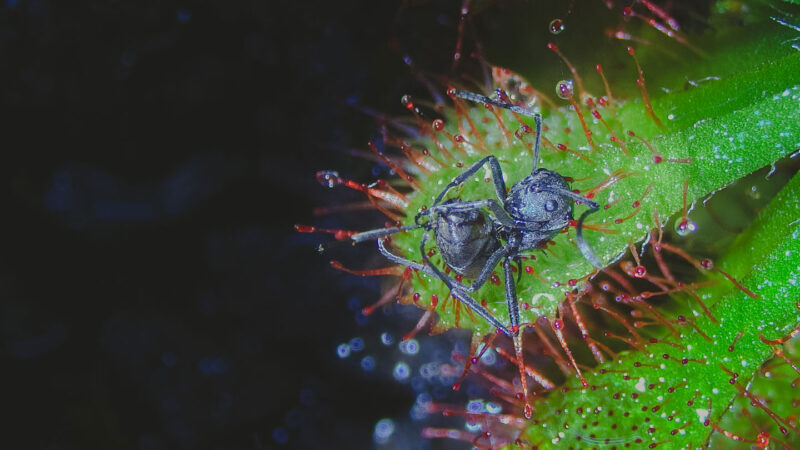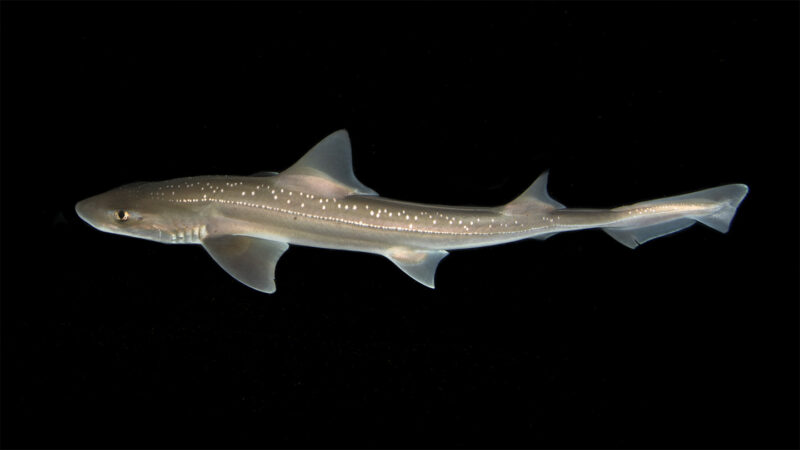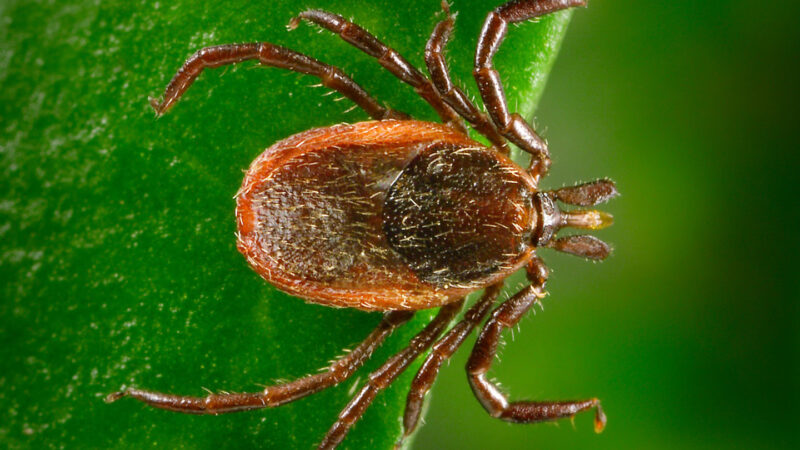Insects already have plenty to beware when it comes to carnivorous plants. But now, they can add an acid-loving fungus to the list.
The fungus works with a type of meat-eating plant called a sundew. The plants’ tentacle-like leaves trap insects in a sticky goo, or mucilage (MEW-sih-lahge). Once stuck, their prey suffocate in that goo or die from exhaustion. As they do, the sundew produces enzymes that dissolve the insects into nutrients that it will absorb through its leaves.
But plant enzymes aren’t the whole story. A fungus called Acrodontium crateriforme offers a helping hand in digestion. It produces digestive enzymes, too. These make a sundew’s leaf environment more acidic. That helps both plant and fungal enzymes in the mucilage work faster.
“This creates a synergistic effect,” says Isheng Jason Tsai. By that, he means that the combined effect is greater than the sum of each set of enzymes working by itself. As a result, the insect meal breaks down faster so the plant gets more nutrients. Tsai is an evolutionary biologist at Academia Sinica in Taipei, Taiwan. He was part of a team that shared its new findings in the October Nature Microbiology.
Past studies had hinted that other meat-eating plants have live-in bacteria to help with their digestion. Pitcher plants have such microbes, for instance. Bladderworts do, too.
Finding that a certain microbe can help with digestion “reshapes our understanding” of meat-eating plants, Tsai says.
Putting a helpful fungus on sundew plants cut the time it took sundews to break down their insect meal from 92 hours to 73 hours.Jason Tsai
Tsai’s group hunted for microbes living on spoon-leaved sundews (Drosera spatulata). This species lives in temperate and tropical regions, including Taiwan. The scientists found a wide array of bacteria and fungi on the plants. A. crateriforme topped the list as the most common. Its DNA made up an average 40 percent of the microbial genetic material in leaf mucilage.
Tsai’s team then sprinkled powdered ants on sundews to mimic the plants catching prey. Plants without A. crateriforme took an average of 92 hours to digest the powder. Those with the fungus took only 73 hours, on average.
A. crateriforme grows on other sundew species, too. One species lives in both the United Kingdom and United States. A. crateriforme has also been found on purple pitcher plants.
The fact that A. crateriforme dwells on sundew plants across three continents is notable, Tsai says. It suggests there’s an ancient relationship between these two life forms. Finding the fungus on other meat-eating plants is key, too. It hints that “the relationship is a more widespread evolutionary strategy in botanical carnivory.”
It’s a match made in insect-gobbling heaven.

















